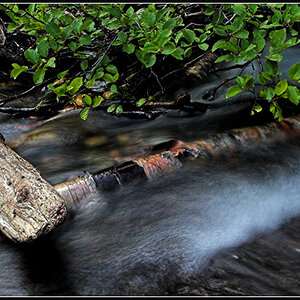Judge Sharpe
TPF Noob!
- Joined
- Feb 13, 2008
- Messages
- 307
- Reaction score
- 0
- Location
- birmingham alabama usa
- Can others edit my Photos
- Photos OK to edit
Hello the campfire:
As some of you may know, I have over the past years used film, from 35mm to 4x5, and know next to nothing about digital photography.
My question: Hypothetically how would one add to or subtract from a digital photograph- such as adding a person to the picture or using a cloning program to take an unwanted object out? Can this be done both in RAW and JPeg? Is there a way to tell if a photograph has been "photoshopped" to use the popular vernacular?
I know these are basic questions, but I am not even a novice when it comes to digital photography, and have not been successful in finding out this information on my own.
As some of you may know, I have over the past years used film, from 35mm to 4x5, and know next to nothing about digital photography.
My question: Hypothetically how would one add to or subtract from a digital photograph- such as adding a person to the picture or using a cloning program to take an unwanted object out? Can this be done both in RAW and JPeg? Is there a way to tell if a photograph has been "photoshopped" to use the popular vernacular?
I know these are basic questions, but I am not even a novice when it comes to digital photography, and have not been successful in finding out this information on my own.



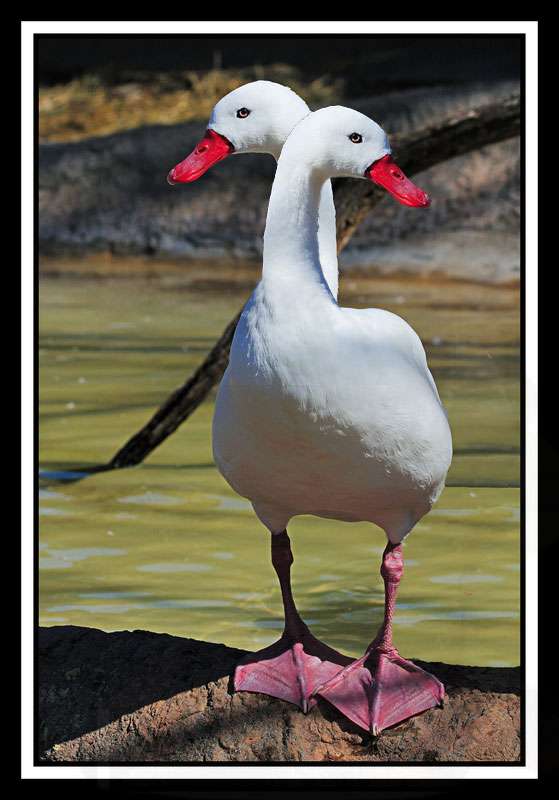

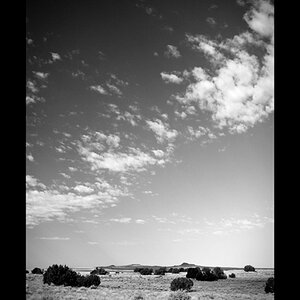
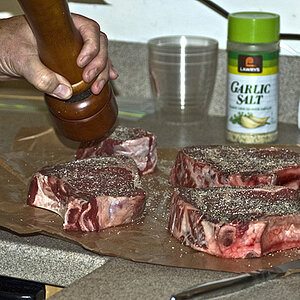
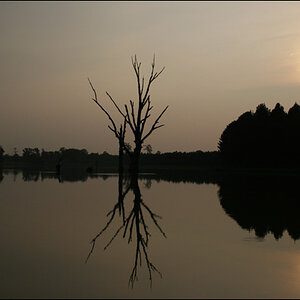
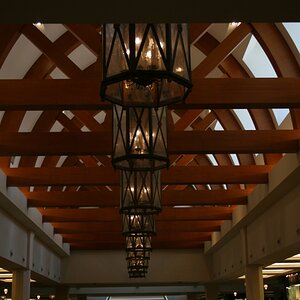
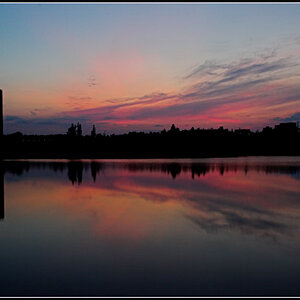

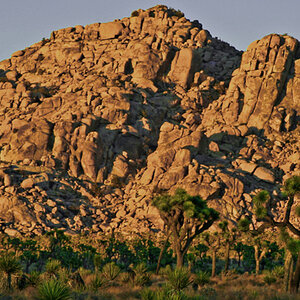
![[No title]](/data/xfmg/thumbnail/37/37603-739c5d9b541a083a12f2f30e45ca2b7b.jpg?1619738147)
